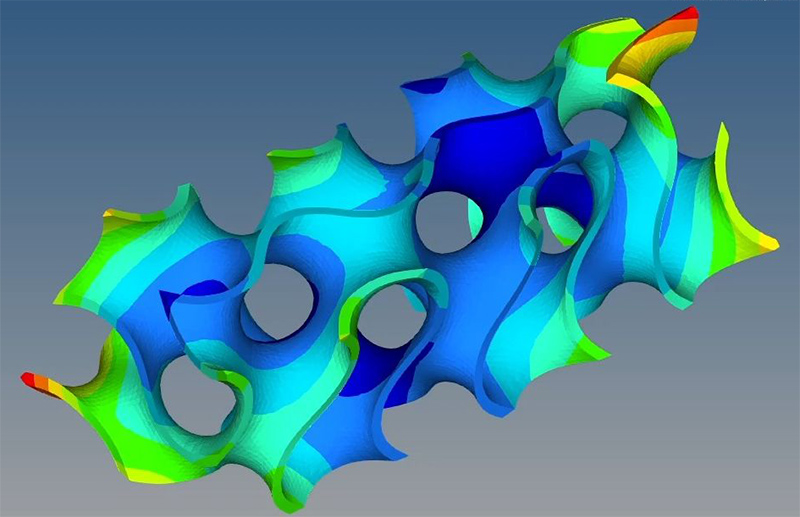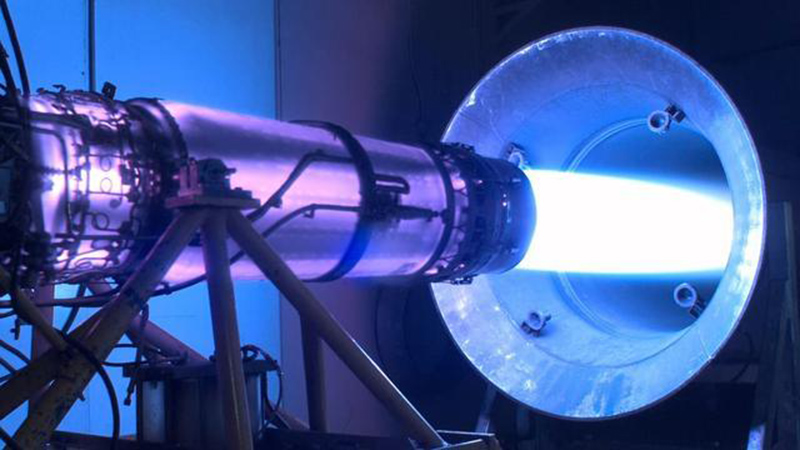Using 3D printing technology, researchers have designed a fuel cell that combines lightweight and high power, inspired by the structure of coral.
This new cell, called the “monolithic gyroidal solid oxide cell” (The Monolith), was developed by the Technical University of Denmark. The research has been published in the journal Nature.
Notably, the fuel cell utilizes an all-ceramic design, eliminating heavy metal components that account for over 75% of the weight of traditional fuel cells.
Fuel cells are a versatile technology used in a variety of applications, including hydrogen vehicles, and also provide electricity for hospitals, data centers, and ships. They produce hydrogen through water electrolysis, achieving dual functions of power generation and energy storage, and are crucial for stabilizing renewable energy systems.
Manufacturing requires only five steps
Through a mathematically optimized triply periodic minimum surface structure (TPMS)—specifically a gyroidal tetrahedron configuration—the design achieves maximum surface area while maintaining extreme lightweight. This structure allows for free gas flow, improves heat distribution, and enhances mechanical stability.

Remarkably, this fuel cell boasts an exceptionally high weight-to-power ratio, producing over one watt of power per gram.
“Current electrical-based energy conversion technologies, such as batteries and fuel cells, lack application value in aerospace applications,” said senior researcher and corresponding author Venkata Karthik Nadimpalli. “But our latest design changes that. It’s the first fuel cell to achieve the watt-per-watt ratio (or specific power) required for aerospace applications while using sustainable, green technology.”
A Breakthrough Beyond Lightweighting
This new fuel cell developed at the Technical University of Denmark boasts several game-changing advantages: it demonstrates exceptional durability despite extreme temperature fluctuations of 100°C; the research team repeatedly switched between power generation and energy storage modes without experiencing structural failure; and in electrolysis mode, it produces hydrogen at a rate nearly ten times that of standard models.
Even more striking is its simplified manufacturing process. While conventional solid oxide fuel cell stacks require dozens of steps and use a variety of materials that degrade over time, the new design requires only five. It also eliminates heavy metal components and fragile seals, significantly improving system durability.
Aerospace Application Prospects
This breakthrough technology will benefit the aerospace industry. A standard commercial airliner requires 70 tons of aviation fuel. If lithium-ion batteries were used to provide the same energy, the batteries would weigh 3,500 tons—far exceeding the aircraft’s weight limit. Conventional fuel cells, relying on a heavy, flat-plate stack structure (over 75% metal components), are also unsuitable for aviation applications.

The new fuel cell overcomes this limitation with its lightweight design. Its high resilience is particularly well-suited for demanding space missions, such as NASA’s Mars Oxygen In-Situ Resource Utilization Experiment (MOXIE). The latest analysis indicates that oxygen production, which previously required 6 tons of equipment, can be accomplished with the new design using only 800 kilograms, significantly reducing space launch costs.
Researchers believe there is room for improvement in the design: “System performance can be further improved by using thinner electrolytes, replacing platinum with inexpensive current collectors such as silver or nickel, and further compacting the design,” Nadimpalli added.












